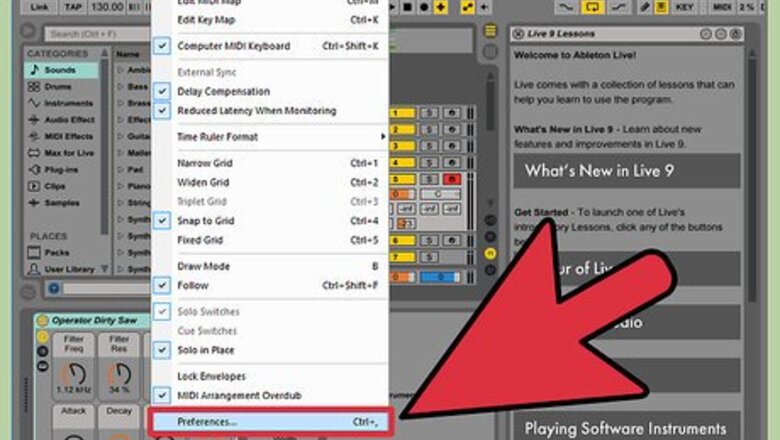
views
Setting Up Your Hardware With Ableton
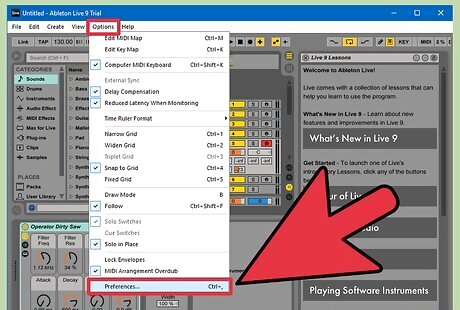
Configure your audio interface properly with Ableton. This is done within Ableton's options (located near the top left corner). The default audio device will be your computer's built in soundcard, which needs to be changed to the external audio device you will be using. Connect your interface to a computer and open Ableton Live. Most interfaces will connect via USB or Firewire connection.
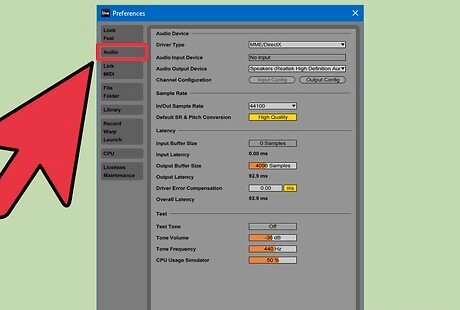
To select your interface in Ableton choose: Options > Preferences > Audio.
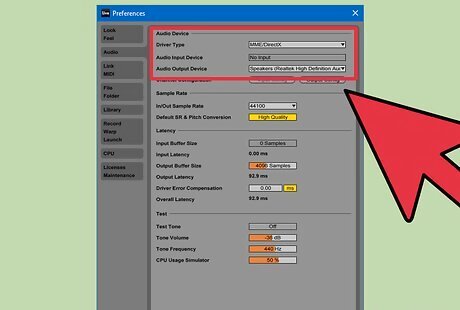
Under the audio device section, select your audio interface from the drop down menu. If there is a driver associated with your interface, you will need to select the appropriate driver as well from the drop down menu. The appropriate driver can be found in the instruction booklet that came with your interface, or on the manufacturer's website.
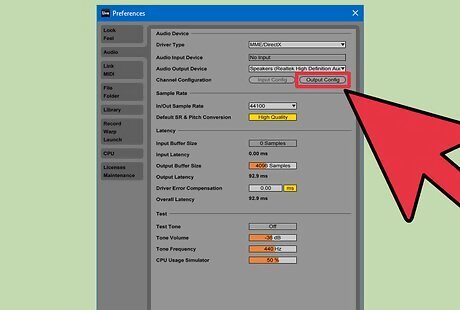
Select which output ports you will be using. To do this select: Channel Configuration > Output Config. If you do not have intentions to cue tracks with headphones, the only output ports that need to be selected are 1 mono/2 mono, 1/2 stereo.
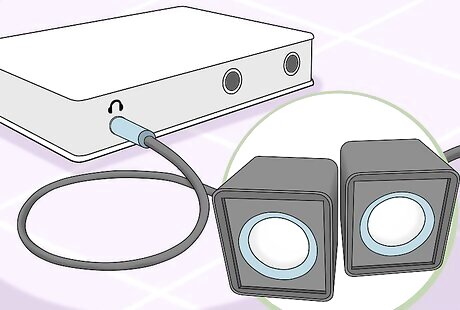
Connect your speakers to the interface (if they are not already connected). Studio monitors will need a balanced cable connection to your audio interface. This means you will need to use 1/4 TRS to 1/4 TRS cables or 1/4 to XLR cables.DJ with Ableton Step 5.jpg
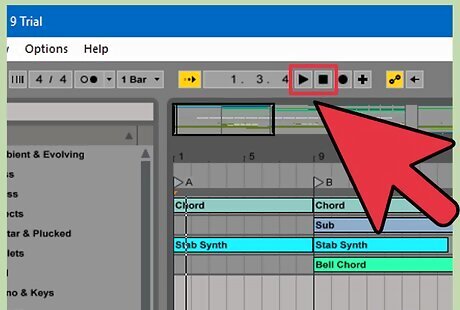
Verify that sound is coming through your monitors. Turn down the master volume on your interface. Engage the metronome by selecting it and press play. Slowly turn up your volume until you hear the tick of the metronome. Once you are satisfied with the volume, disengage the metronome by selecting it once more. Press the stop button.
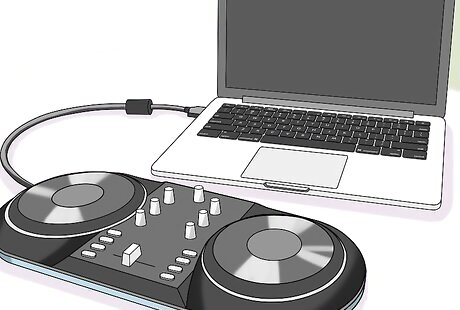
Connect your DJ controller(s) to the computer. Most controllers connect via USB and may require an external power source.
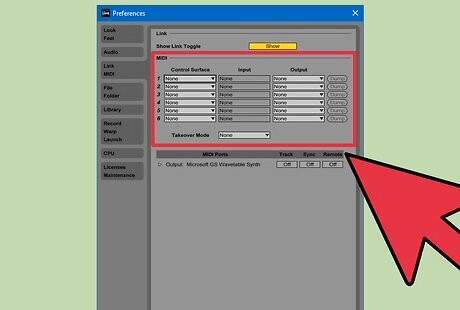
Set your controller if needed. If your controller is not recognized immediately, it will need to be selected as a MIDI device under Ableton's preferences.
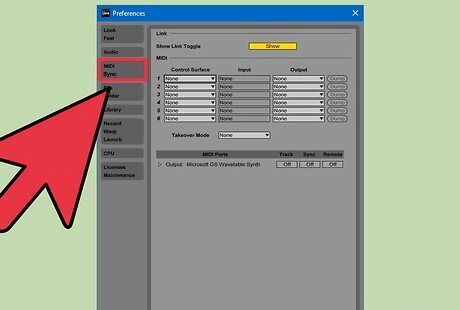
Select Options > Preferences > Midi/Sync
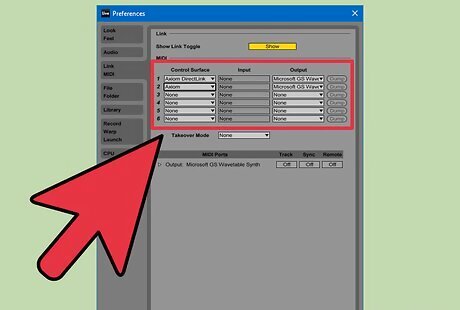
Under the list of control surfaces, select your device and verify that it has input and output MIDI. The APC40 and Ableton Push are just examples of controllers. The name of your MIDI device will be listed under the control surface drop down menu. Simply select your device.
Performing With Ableton
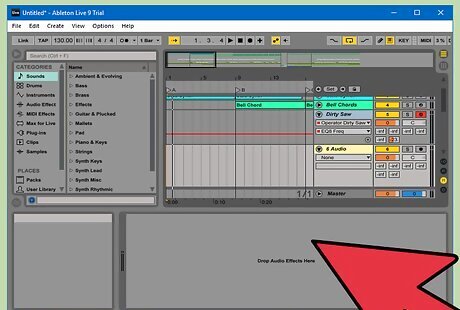
Have the screen open on Session view and label each track. When you open Ableton, the default view is session view. If you are using a grid based controller, you should see a colored box outlining specific clips that the controller is viewing.
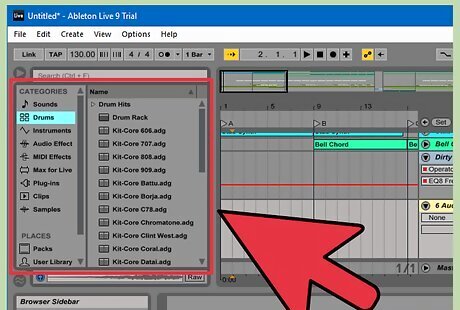
Populate the Session with audio and/or MIDI clips. To make performing easier, keep each clip consistent to the same length (ie. 4, 8, or 16 bars). Group similar clips together onto the same track (drums, bass, synths, etc.).
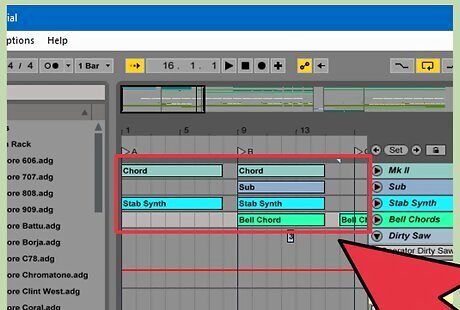
Group songs into one block of clips. Leave a space between each block of clips.
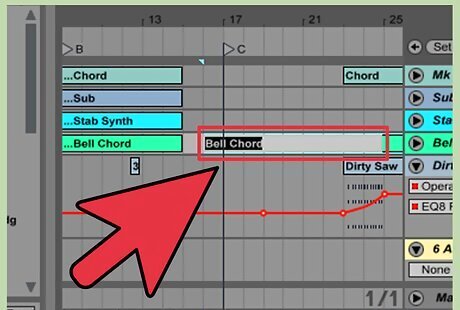
Attach the BPM to the first scene launch button of each song. To do this, simply rename that button to your desired BPM. Right click (CTRL+R) to rename the button. Pressing a launch button with a BPM attached to it will launch that row of clips at your desired BPM. This will allow for quick and easy transitions between songs of different tempos.
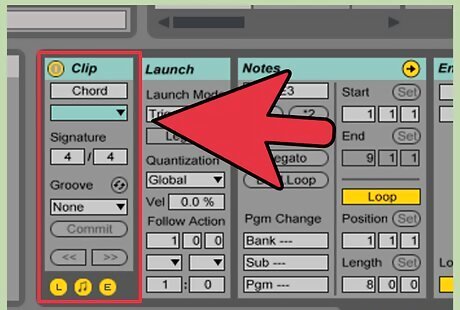
Add follow actions to your clips. Select one or more desired clips by clicking on them (using shift+click to select a large amount). Open the Launch section of the clip(s).
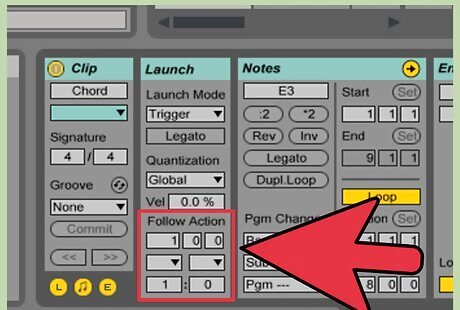
Set the follow action to play the next clip after a desired amount of bars have passed. For example, if the clip is 8 bars long, set the follow action to take place after 8 bars have passed). Select the drop down menu below the follow action and pick "next." This will play the next adjacent sequential clip after the current clip has finished playing.
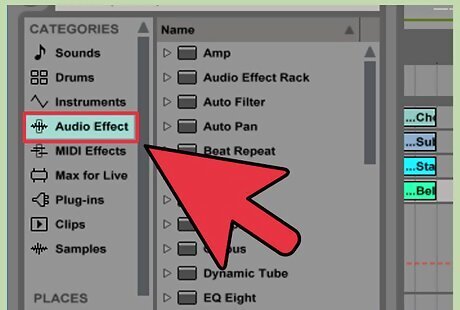
Add a Limiter on the Master track. This will prevent digital audio clipping during playback of your clips. On the left side of the screen, select audio effects. Drag a Limiter onto the Master channel.
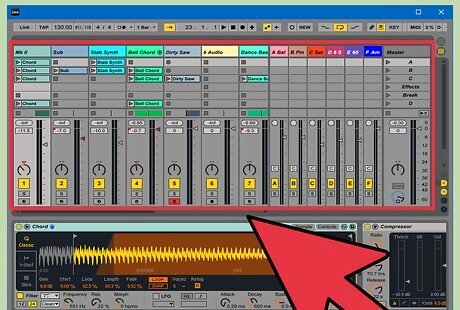
Launch clips from Session view. To launch a clip, simply click on it. To launch an entire row of clips (scene), click on the scene launch button.
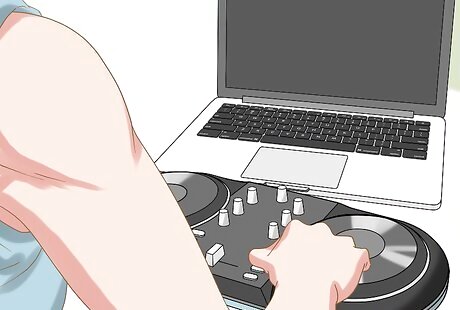
Use your DJ controller to experiment with launching clips from different songs or sections simultaneously. Grid based controllers will make launching clips extremely easy.
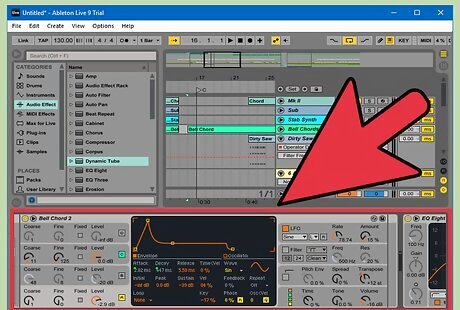
Add effect racks to different channels and experiment using them. Ableton has preset effect racks under Audio Effects > DJ & Performance. Simply drag the effect rack onto the desired channel. Performing with Ableton frees up time that a DJ would normally spend beatmatching every track. This allows for the user to add live effects and remix with ease.













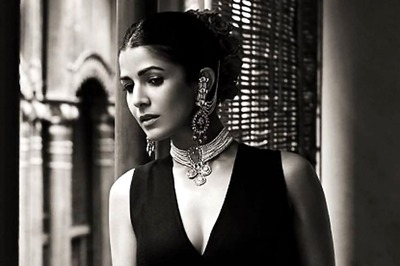




Comments
0 comment